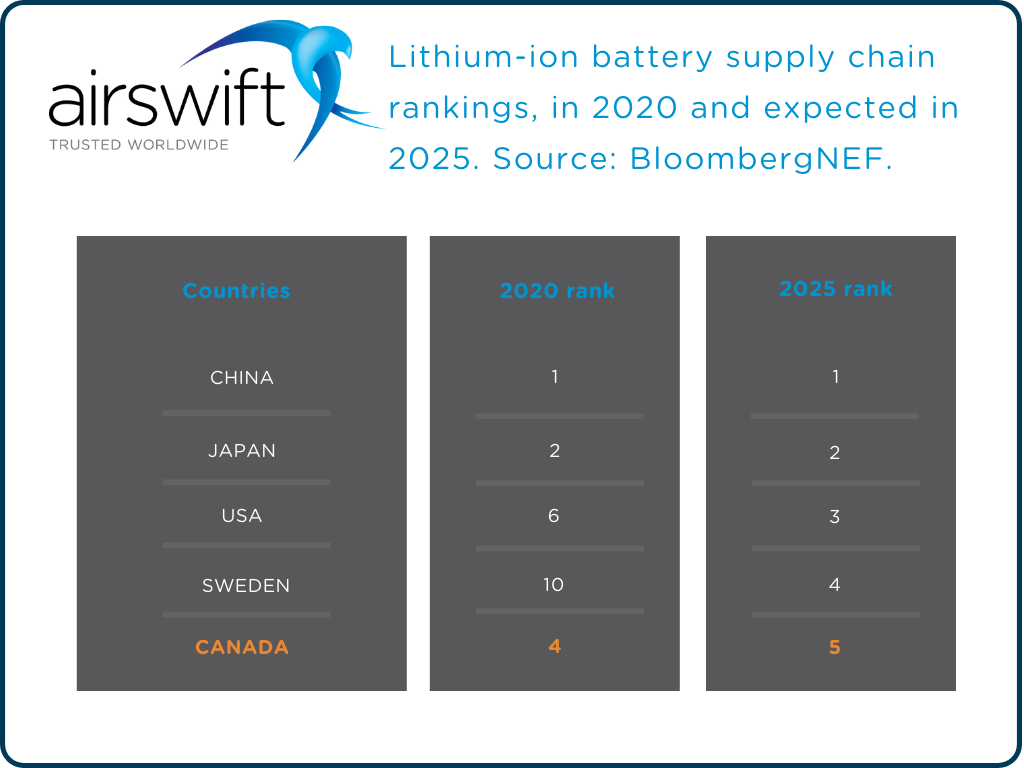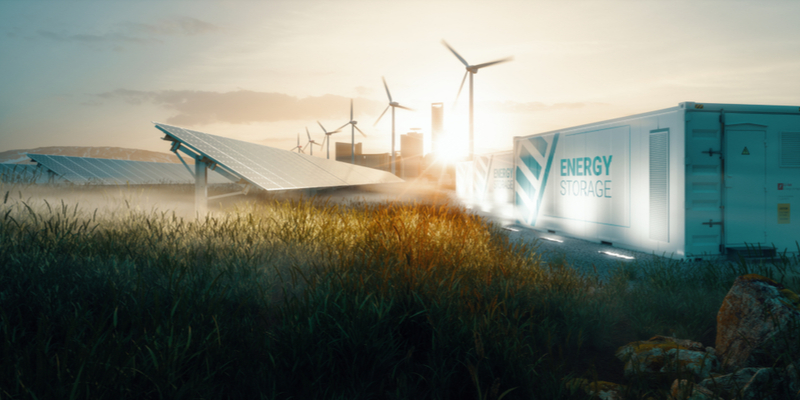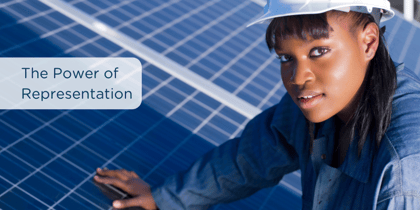Top energy storage solutions and projects in Canada
January 24, 2022
- Home
- Blog

Source: petrmalinaki/Shutterstock
How can we act on climate changes and provide the energy needed to meet the global demand? Governments worldwide have invested heavily in renewable energy in recent years, but they also know that storage solutions need to be improved.
That's because storage technology captures energy produced by clean sources and saves it for later use. So, the power doesn't need to be used when generated.
As one of the world leaders in the production and use of renewable power, Canada is committed to reducing its carbon emissions by 40 to 45 per cent below 2005 levels by 2030 and achieving net-zero by 2050.
Today, more than 80% of the electricity comes from clean sources in Canada, and the country has tested new energy storage technologies to integrate wind and solar power more effectively into the grid.
According to the Innovation in Batteries and Electricity Storage Report, close to 10.000 GWh of battery energy storage systems will be required annually by 2040 in the world.
Why should you consider energy storage in a renewable project?
.jpg?width=800&name=shutterstock_1933785824%20(1).jpg)
Source: Allies Interactive/Shutterstock
It is flexible and can act as a generation, transmission, or distribution asset. Energy storage can help in:
- Intermittent generation of renewable assets.
- Fluctuations in the grid.
- Supply low-cost energy during high-cost peaks.
- Backup if power generation is interrupted.
Want more insight into talent trends in the renewable energy industry? Click the link below to download our latest whitepaper.
Energy storage trends in Canada
Ontario and Alberta are the provinces ahead of discussions to review existing legislation and identify barriers in the sector with stakeholders. Today, the electricity produced by clean energy can be converted and stored through various means, such as:
- Electrochemical (batteries)
- Mechanical (pumped hydro, compressed air, flywheels)
- Thermal (heating a material)
- Chemical (hydrogen)
According to Energy Storage Canada, an industry association representing over 80 energy storage players across the country, we can see different battery storage chemistry or mechanical storage solutions in the next 5-10 years, such as technologies harnessing kinetic or gravitational energy.
Hydrogen storage and long-duration energy storage (LDES) - technologies that hold energy for more extended periods, upwards of 24 hours or more - could also present some exciting and innovative energy storage solutions in the coming years.
Global battery production
According to the Global Lithium-Ion Battery Supply Chain Ranking from BloombergNEF, Canada is in the top 5 countries leading the way in global battery production.

Figure 1: Lithium-ion battery supply chain rankings in 2020 and expected in 2025. Source: BloombergNEF.
Top 3 energy storage projects
In recent years, Canada had over 40 energy storage projects, including lithium-ion batteries, chemical flow batteries, compressed air energy storage, flywheels, hydrogen storage coupled with fuel cells, and thermal energy storage.
Excluding Sir Adam Beck pumped storage facility at Niagara Falls holds - the highest in the country - Canada's utility-scale, rechargeable energy storage capacity is estimated at approximately 130 MW.
Read about the top 3 projects in the coming years:
- Sunnynook Battery Energy Storage
- Edmonton Hydrogen Plant
- Ontario Advanced Compressed Air Energy Storage (A-CAES) Facility
 Source: petrmalinaki/Shutterstock
Source: petrmalinaki/Shutterstock
Sunnynook Battery Energy Storage
This is a 100 MW battery storage project and a 236 MW solar PV project in Sunnynook, Alberta, Canada. Operated by Westbridge Energy Corporation, the project is predicted to work in 2024.
It is currently in stage 1, with environmental studies underway. The project has secured site control in the form of a long-term solar lease for 4-years of development and an operational term of 40 years, which can be extended up to 50 years.
Edmonton Hydrogen Plant
Construction of a low-carbon hydrogen facility through the use of carbon capture and storage (CCS) in Edmonton, Alberta.
The complex will produce blue hydrogen using natural gas held in carbon capture storage near Shell's Scotford facility. It will use advanced Auto-Thermal Reforming (ATR) technology and include a hydrogen-fueled power generation plant and a liquid hydrogen facility.
The first phase of the project is expected to produce over 165,000 tonnes of hydrogen per year with an upside to increase production depending on considerations over future phases, which will be transformed into low-carbon ammonia and exported to Asia.
The facility can create 2,500 construction and engineering jobs near-term, with more job creation to come in the hydrogen transportation industry long-term. The complex is expected to be in operation in 2024.
Ontario Advanced Compressed Air Energy Storage (A-CAES) Facility
Developed by Hydrostor, the world's leading Advanced Compressed Air Energy Storage (A-CAES) projects, it is a 300-500MW compressed air energy storage facility in Toronto, Ontario.
The project is in a Conceptual Design stage and is expected to be operational in 2024.
Green Jobs and how Airswift can help you
About 689,900 workers were in green jobs in 2020 in Canada. By 2025 are predicted 172,700 net job openings, being:- 74,400 new jobs created
- 98,300 due to retirement
Airswift is a world-leading green recruitment agency partnering with many companies in the sector, supporting projects through the full project lifecycle (Development, Construction & Installation, Operations & Maintenance, and Repowering & Decommissioning).
Main roles:
- Battery Management System Engineer
- Battery Thermal Engineer
- Battery Test Engineer
- Systems Engineer
- R&D Engineer
- Cell Engineer
- Production Engineer
- Battery Process Engineer
- Battery Charging Engineer
We are committed to the energy transition and a low-carbon future. From our offices in Calgary, St. John's, Halifax, Toronto, and London, we connect Canadian and international talent to the biggest renewable energy projects.
Our team is available to consult and support both clients and candidates. Are you looking for your next battery job? Get in touch!
Want to know more about clean energy recruitment and top green projects in Canada? Read also:

This post was written by: Nana Terra, Content Marketing Coordinator
You may also be interested in…
-
Global battery market and Scandinavian trends
-
Top 5 wind energy projects in Canada
-
5 US Green hydrogen projects starting in 2023
-
Green hydrogen: a key to meeting net-zero by 2050
-
This is why Cleantech 2.0 technologies are more promising
-
Australian hydrogen strategy, workforce and projects starting in 2023
-
Transitioning into the battery industry
-
3 UK offshore wind projects expected to break European records in 2022
-
Renewable energy in Canada on the rise
-
How to conduct an effective job search





